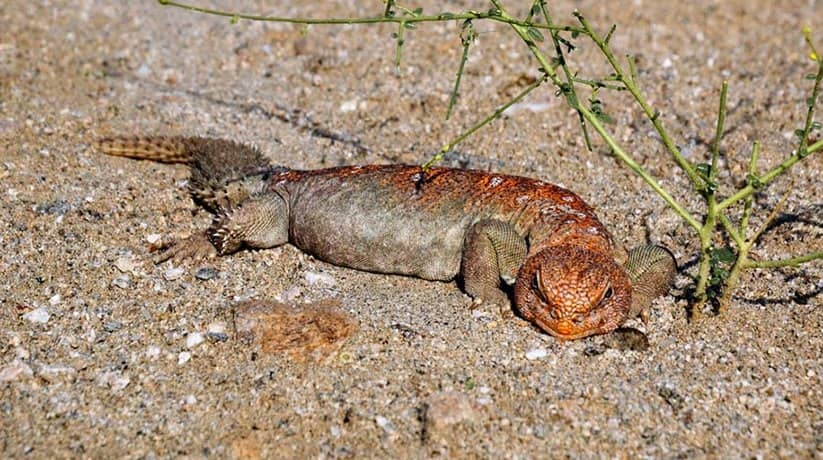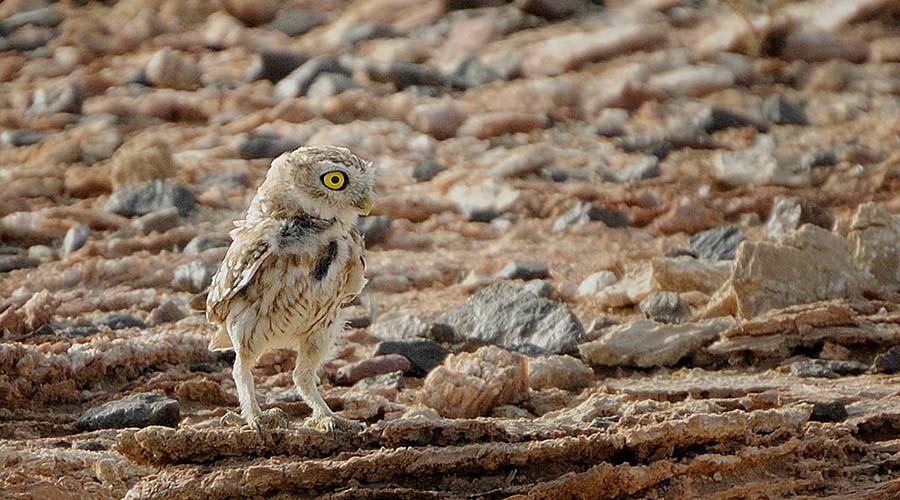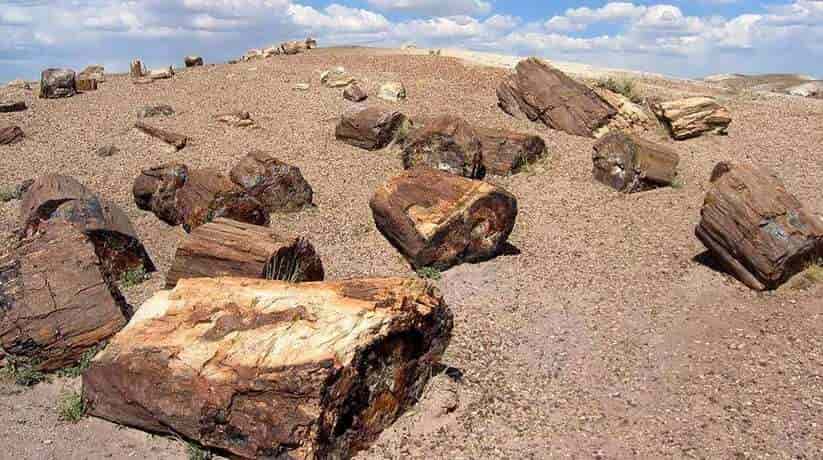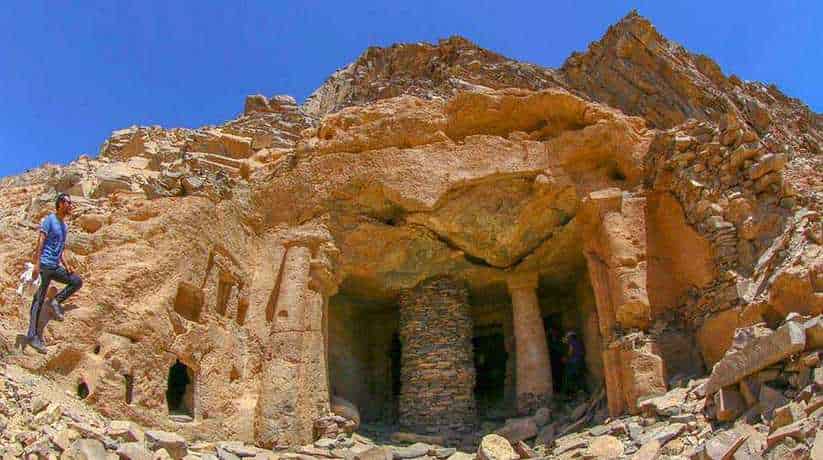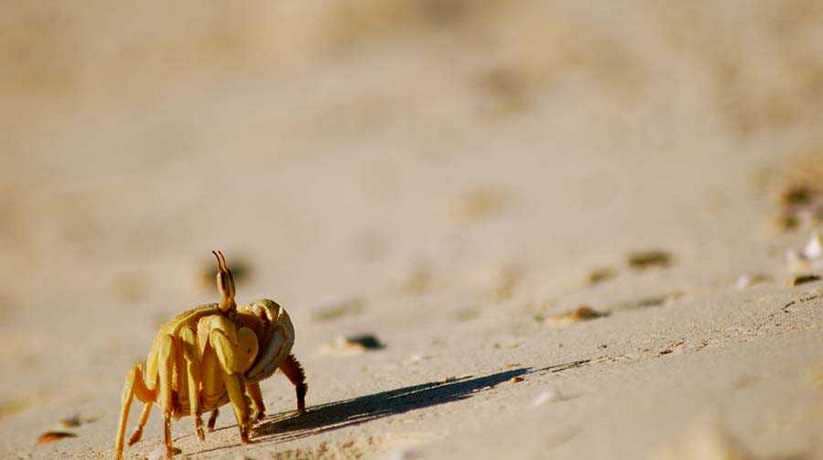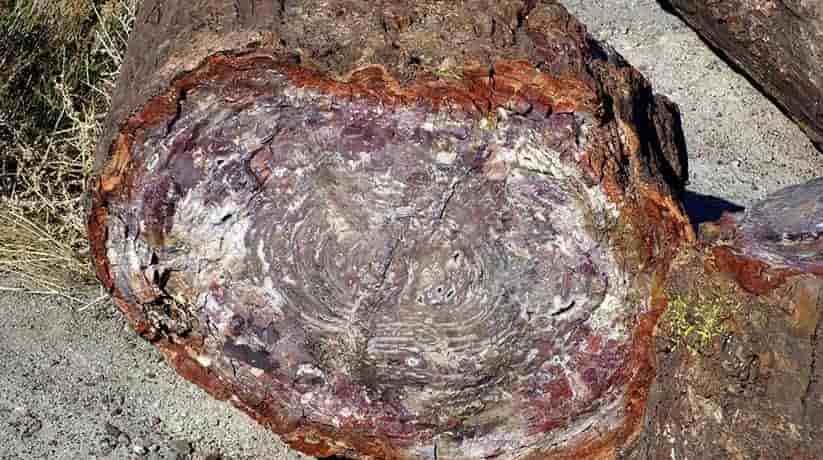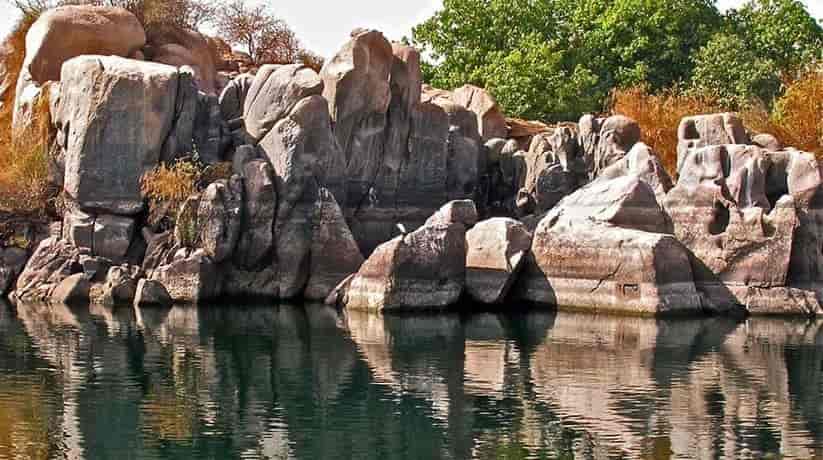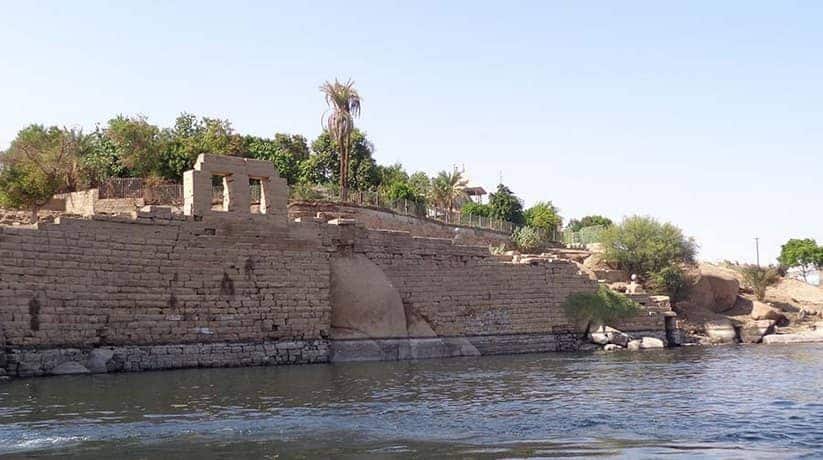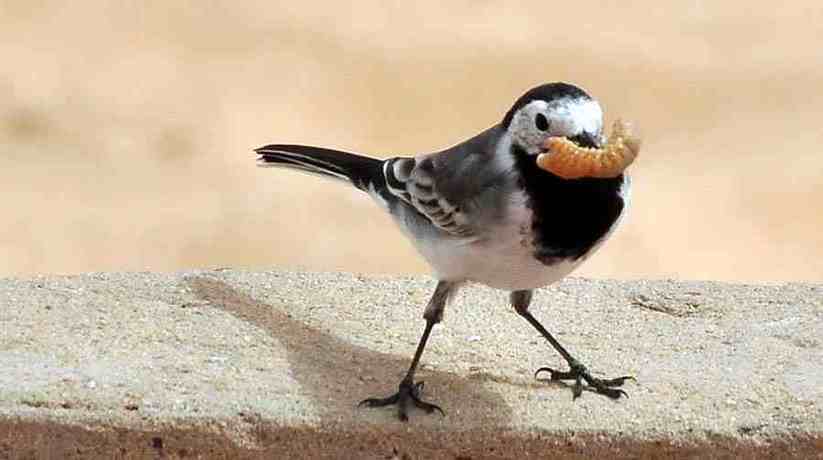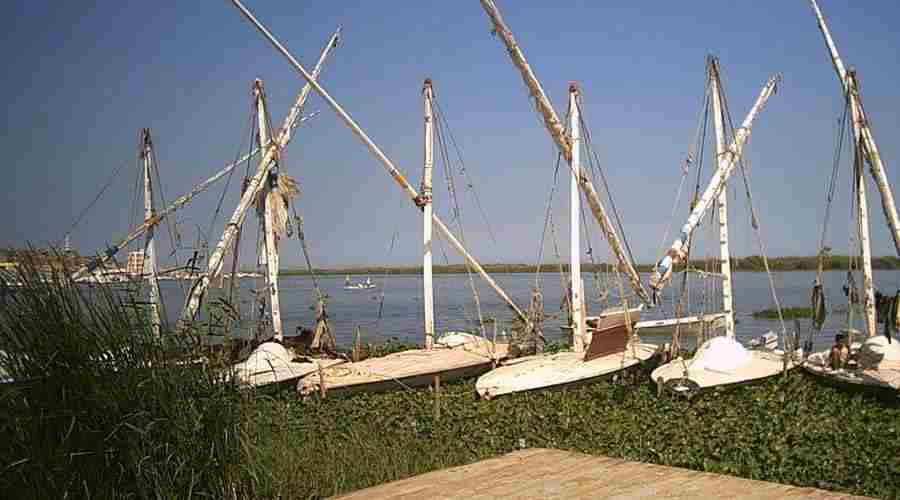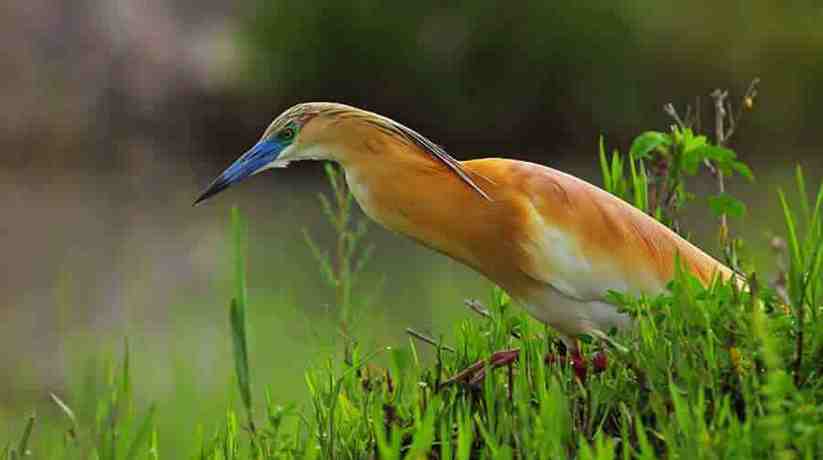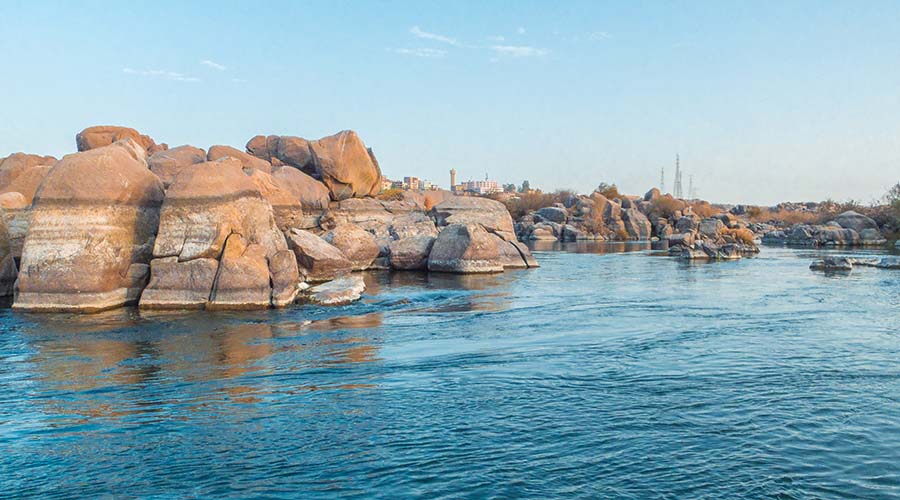Egypt Nature Exploration information, tours and online booking
Egypt Nature Exploration feature many sites which indeed deserve to visit while you are in Egypt. Dominated by a harsh, unforgiving but beautiful desert and divided by the world’s longest river, nature travel in Egypt is something beautiful to experience. Sustain Egyptian nature reserves; stay in eco-lodges, visit Egypt’s National Parks and look for other ways to help. Nature travel in Egypt helps ecotourism thrive and set sustainable standards so that generations to come can enjoy the same natural wonders. The pace of life for over 6000 years of civilization depends on the Nile River which is the only source of water in Egypt. The river also deposits fertile soil from the heart of Africa along its banks, which keeps the land rich for farming.
The combination of the Nile River, the Western and Sinai deserts and oases make Egypt a wonderful place to explore nature and see firsthand a delicate balancing act millions of years in the making. Ashtum El Gamil is a protected area at the eastern end of the sandbar that separates Lake Manzala from the Mediterranean. The Egyptian government declared it to be a protected area to protect gravid fish and fry as they pass in and out of the lake. Lake Manzala is Egypt’s most important wetland for wintering water birds and hosts almost a quarter of a million birds annually, including vast concentrations of Little Gull, Larus minuta, Whiskered Tern and Chlidonias hybridus. Sailing the Nile River on a Felucca gives you great bird watching opportunities.
More information about Egypt Nature Exploration:
You’ll be able to spot the Green Heron and migratory water birds such as the Egyptian Goose and hope for a chance encounter with Black Kites as they circle above the west bank of the Nile and you might also spot Egyptian Vultures. Probably the most beautiful place to visit in Aswan ! The Elephantine Island is a truly paradisiacal spot with wonderful gardens and some truly significant artifacts. It is a great place to spend some leisure time, wandering among the colorful houses of the Nubian villages Siou and Koti, fishing in the Nile, or having a picnic on the river banks. Drive or hike up to the mountains of Dist, Al-Maghrafa and Ghurabi. Gebel Dist has a remarkable view of palm trees surrounded by dunes.
Gebel Al-Maghrafa, known as a prehistoric site of dinosaur remains, has a camel breeding farm which welcomes visitors. Gebel Ghurabi is a great location for a short hike or a picnic. Like Gebel Abu Mahashur, Gebel Al-Banat has challenging red granite dome that’s over 40m long. You’ll have to hire Bedouin guides to set up a base camp at the base of the mountain. They also provide transportation, food and beverages. There are plenty of routes that pose different challenges on the ascent and descent. There are many travel agencies around Dahab that are either run be bedouins or that can connect you to a good guide; you can also probably make the arrangements from your hotel.
Further information about Egypt Nature Exploration:
Umm Dababeyya is a protected area located in the Qena Governorate by the sedimentary sequence of the Eastern Desert mountains. Umm Dababeyya has an estimated age of 50–55 million years old. The protected area is considered to show an ideal geological sequence that represents a time scale considered to the most perfect strata in the world. The strata represent a history of the beginnings of modern fauna and flora. This precious section of the protected area has allowed geologist estimate the age of the earth by identifying the marine sediments and determining the processes that coincided with their deposition and the creatures that contributed to each stratum.
The Elba National Park is a matchless national park in Egypt. Nestled between the tropical and desert regions, the area enjoys a unique climate in Egypt. The protectorate is home to Gebel Elba, a mountain that enjoys precipitation up to 400mm of mist annually, a phenomenon that creates stunning mist oases. The plants found in Elba are the richest in Egypt but there is only one endemic flora called Biscutella elbensis. The park is also home for the rare Ombet Tree. In terms of wildlife, you’ll find sub-Saharan species such as Zoril, Aardwolf and Barbary sheep. Many birds breed only in this area of in Egypt. The natural reserve lies 250km south of Marsa Alam and is bordered by the small town of Berenice and Egypt’s southern border with Sudan.

